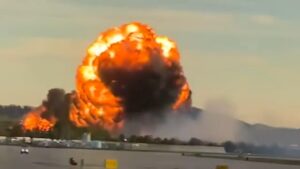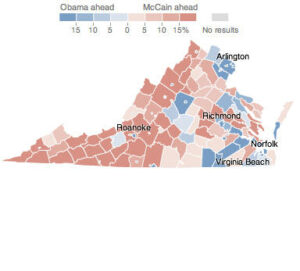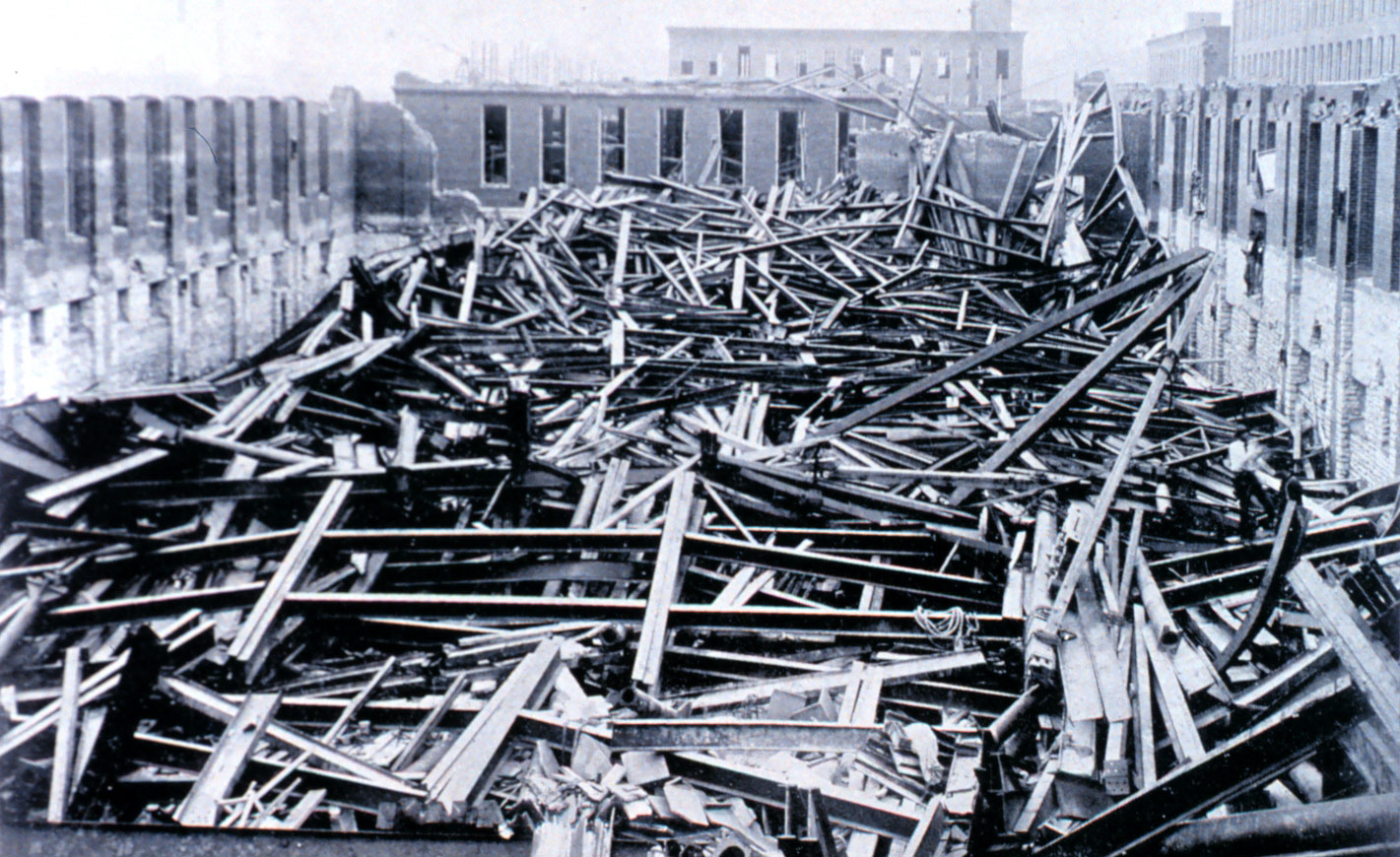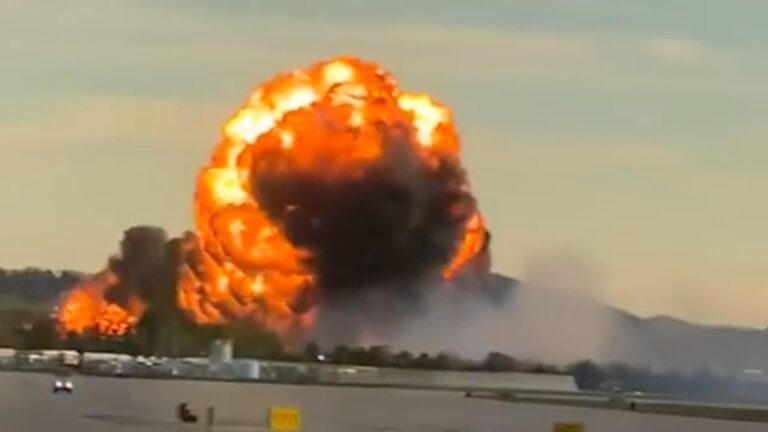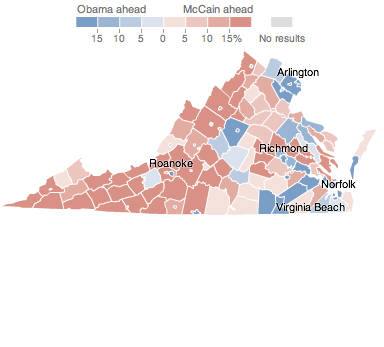Understanding the Great St. Louis Tornado: A Historical Perspective
The St. Louis Tornado of 1896
The St. Louis tornado is a pivotal moment in meteorological history, particularly noted for its destructive capacity and the lessons learned in disaster preparedness. Occurring on May 27, 1896, this tornado left an indelible mark on the region, shaping how we understand and respond to severe weather events even today.
With winds exceeding 260 miles per hour, the St. Louis tornado caused catastrophic damage as it ripped through the city, destroying buildings, uprooting trees, and tragically claiming lives. Reports state that nearly 255 people died, and over 1,000 were injured, making it one of the deadliest tornadoes in U.S. history. Its path of destruction measured around 12 miles long and a mile wide, affecting not only the city of St. Louis but also neighboring regions.
What Caused the St. Louis Tornado?
Understanding tornado formation has come a long way since the 19th century. In 1896, meteorologists lacked the advanced technology we possess today, including Doppler radar, satellite imagery, and computer modeling. The St. Louis tornado formed under a classic scenario, where warm, moist air collided with cold, dry air, creating the right conditions for thunderstorms and eventual tornado development.
Studies from the National Centers for Environmental Information (NCEI) indicate that the atmospheric conditions on the day of the tornado were quite unstable. Summer thunderstorms, coupled with varying wind directions and speeds at different altitudes, facilitated the rotation necessary for tornado formation. For more detailed insights into this tornado, you can refer to the [Great St. Louis Tornado – NCEI](https://www.ncei.noaa.gov/news/great-st-louis-tornado-1896).
Historical Context and Impact
The Great St. Louis Tornado not only devastated the city physically but also psychologically. The aftermath witnessed a palpable sense of fear and urgency among the residents, prompting local governments to rethink their emergency response strategies. In the years following the disaster, there was a significant increase in public awareness about the need for tornado preparedness and response protocols.
As infrastructure was rebuilt, there was also an emphasis on construction standards designed to withstand severe weather. This tornado served as a substantial impetus for advancements in urban planning and safety measures that help mitigate the impact of future disasters.
Lessons Learned
The St. Louis tornado was a wake-up call for meteorologists and urban planners alike. One of the core lessons from this event highlighted the importance of timely weather alerts and effective communication channels in emergencies. Today, as technology has advanced, we have integrated AI consulting and automated workflows to ensure that businesses can swiftly respond to any potential disasters.
1. **Preparedness and Communication:** Modern technology now allows for instant alerts regarding severe weather. HR professionals and business leaders must prioritize creating emergency plans and communication strategies that can be implemented in the face of a natural disaster.
2. **Utilizing AI and Automation:** In today’s business landscape, leveraging AI tools can automate workflow processes associated with emergency responses. From creating alerts to reassigning responsibilities during crises, hiring AI consulting teams can optimize these workflows and reduce human error.
3. **Building Resilient Infrastructure:** Investing in infrastructure that is resilient to natural disasters ensures that communities can withstand severe weather conditions. This includes not only construction but also ensuring that plans for recovery are in place.
Modern Relevance of Tornado Preparedness
With increasing climatic variability, the importance of tornado preparedness cannot be overstated. Companies and organizations today have access to unprecedented data and predictive analytics that can help in anticipating severe weather conditions. Integration of AI in monitoring weather patterns allows organizations to forecast potential tornado occurrences, thus enhancing preparedness.
Moreover, as more businesses adopt automated practices through n8n workflows, the ability to react swiftly to such emergencies improves significantly. Automated alerts can be sent to employees the moment a tornado watch is issued, ensuring that everyone remains safe and that the business can remain operational post-disaster.
Conclusion
The Great St. Louis Tornado of 1896 stands as a significant historical event that shaped our understanding of severe weather. It teaches us invaluable lessons about preparedness, the importance of timely communication, and the necessity for resilient infrastructure. In today’s context, businesses have the opportunity to leverage AI and automated workflows to better prepare for such disasters, ensuring the safety of employees and the continuity of operations. By understanding the past, we can inform our future actions and build a safer, more resilient society in the face of natural calamities.
